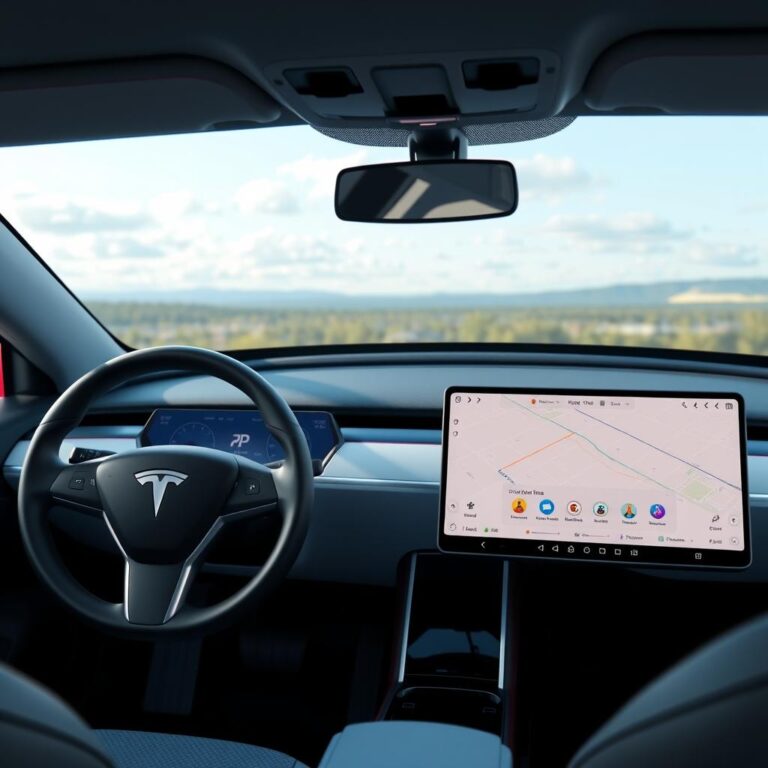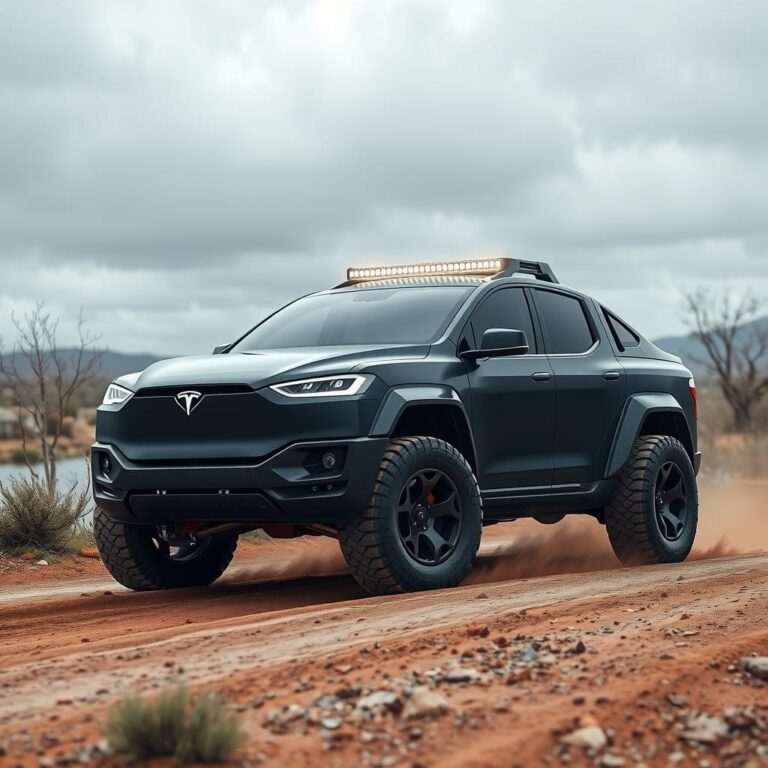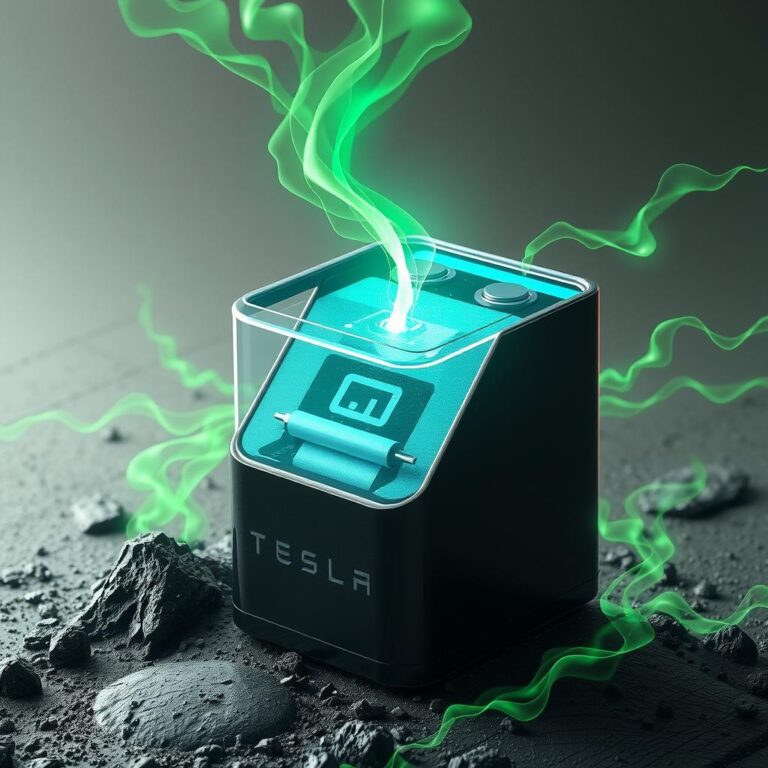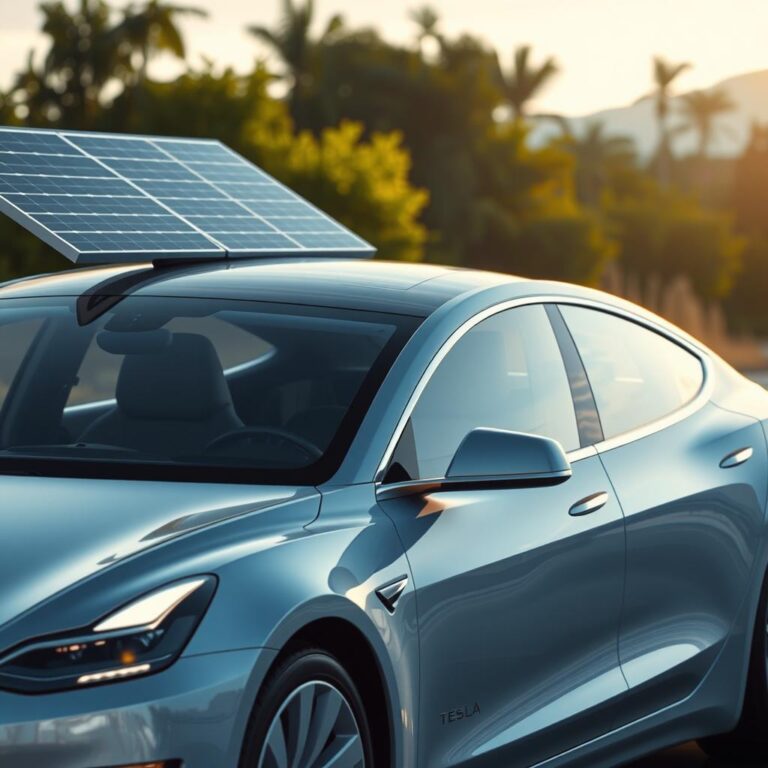Can You Power Your House With A Tesla Car?
Can you power your house with a Tesla car? Short answer: Yes. But the real question is, should you?
With Tesla vehicles packing massive battery packs, it’s natural to wonder if they can keep your home running during an outage. After all, a Tesla Model S or Model X holds enough energy to power essential home appliances for hours or even days.
How Can a Tesla Car Power Your House?
It all comes down to the Tesla battery. Whether it’s a Model 3, Model S, Model X, or Model Y, Tesla’s lithium-ion battery stores a ton of energy. That energy can be used to power your house in an emergency.
The Process of Powering Your House With a Tesla Car
- Step 1: Use a bi-directional inverter to pull energy from your Tesla.
- Step 2: Connect your Tesla’s battery to your home’s electrical panel.
- Step 3: Manage power consumption efficiently to maximize battery life.
Currently, Tesla doesn’t offer vehicle-to-home (V2H) charging in its cars. But there are workarounds, using third-party devices.
How Long Can a Tesla Power a House?
It depends on how much power your home uses. A Tesla battery holds between 50 kWh and 100 kWh. The average U.S. home consumes about 30 kWh per day. This means a fully charged Tesla battery could power a home for 1 to 3 days, depending on energy usage.
Breaking It Down:
- Minimal usage: 3+ days (lights, phone charging, Wi-Fi, fridge)
- Moderate usage: 1-2 days (adding TV, microwave, and fans)
- High usage: Less than a day (running HVAC, washing machine, and other high-draw appliances)
Can You Directly Plug Your Tesla Into Your Home?
No. Tesla cars are not designed for direct home energy output. You need an inverter and a system to safely connect it to your home grid.
Alternative Solutions
- Powerwall: Tesla’s official home battery solution designed for backup power.
- Bi-directional Charging: Future Tesla updates might enable direct home power.
- DIY Systems: Third-party inverters let you extract energy from a Tesla’s battery.
Why Tesla Hasn’t Enabled Vehicle-to-Home Power Yet
Tesla is all about efficiency. Their goal is to keep batteries lasting as long as possible. Allowing energy to flow out of the car and into a home might reduce battery longevity.
Other Reasons Tesla Hasn’t Enabled It Yet:
- Software limitations: Tesla’s systems aren’t built for V2H yet.
- Battery degradation: Constant energy cycling can wear out a battery.
- Safety concerns: Feeding power back into the grid needs careful regulation.
Is Powering Your Home With a Tesla Worth It?
If you have frequent power outages and already own a Tesla, using it as a backup power source could be a smart move. However, a Tesla Powerwall is a far better option since it’s designed for this purpose.
Pros:
- Gives you an emergency backup power source
- Uses clean, renewable energy (if charged with solar)
- Could be a game-changer during long outages
Cons:
- Not officially supported by Tesla
- Requires extra equipment and modifications
- May shorten your Tesla battery’s lifespan
Can you power your house with a Tesla car? Yes, with the right setup. But for a reliable long-term solution, a Powerwall or dedicated backup generator is a smarter choice.

How to Power Your House with a Tesla Car
So, you’re serious about using your Tesla car as a power source. Let’s talk real solutions. If the power goes out or you want to cut your electricity bill, here’s what you need to know.
Step 1: Check Your Tesla Model
Not all Tesla cars can power a house. Right now, the Tesla Cybertruck and the newer Model Y and Model S have some potential. But for full-house backup power, you need a way to extract electricity.
Step 2: Get the Right Equipment
You can’t just plug your Tesla into your house like a generator. You need a bi-directional inverter. This converts your car’s stored DC power into usable AC electricity for your home.
- Bi-directional charger – This lets your Tesla send power back to your house.
- Transfer switch – It prevents power from flowing back into the grid, avoiding major electrical issues.
- Proper cabling – You need heavy-duty cables to handle the load.
Tesla doesn’t sell a bi-directional charger yet, but third-party solutions exist.
Step 3: Know How Long It Will Last
A Tesla’s battery can hold anywhere from 50 kWh to over 100 kWh. That’s enough to power your home for a day or more, depending on what you run.
- Essential appliances only – You’ll get 2-3 days of power if you limit use to lights, the fridge, and charging devices.
- Full house operation – Expect 12-24 hours if you run everything, including heating and air conditioning.
Step 4: Consider Solar for Recharging
If you want true energy independence, pair your Tesla with solar panels. This way, when your Tesla’s battery runs low, you can recharge it without the grid.
Here’s how it works:
- Solar panels generate electricity.
- Power gets stored in your Tesla’s battery.
- When needed, your Tesla sends power back to your house.
With enough solar capacity, you could keep your home running indefinitely.
Is It Worth It?
Let’s be honest. This setup isn’t cheap or easy.
- Cost of inverters and transfer switches – You’re looking at $2,000-$5,000.
- Installation complexity – You’ll need an electrician.
- Battery wear and tear – Draining your Tesla’s battery often can reduce its lifespan.
If you already have a Tesla, it might be worth it as a backup plan. But for most people, a Tesla Powerwall or a traditional generator might be simpler.
FAQs
Can a Tesla car power an entire house?
Yes, but only for a limited time. A Tesla battery holds between 50-100 kWh, which can power most homes for a day or two.
Do I need special equipment?
Yes, a bi-directional inverter and a transfer switch are required to safely connect your Tesla to your house.
Will Tesla officially support this in the future?
Tesla has hinted at future vehicle-to-home (V2H) capabilities, but as of now, it’s not officially supported.
What happens if I use all the power?
If you drain your Tesla’s battery completely, you won’t be able to drive until you recharge.
Final Thoughts
So, can you power your house with a Tesla car? Yes, but it takes extra equipment and planning. It’s a great emergency backup, but not a full-time home power solution for most people.
If you’re serious about energy independence, a mix of solar, battery storage, and Tesla Powerwall might be the better long-term strategy.





